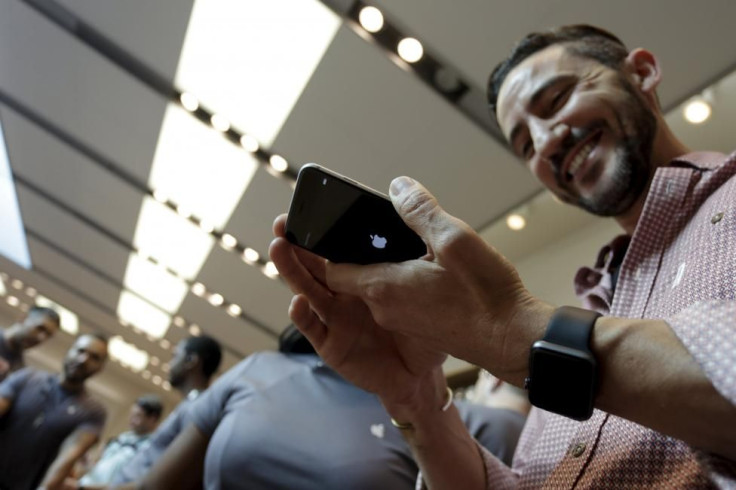Apple scraps iPhone 7 headphone jack; compels users to buy its Lightning headphones
Thin is in, honey

The much anticipated Apple iPhone 7 will feature a revamped design intended to make the device tinier. Thin is in, so goodbye headphone jack.
Apple wants its upcoming next generation iPhone to be so thin it will forgo its standard 3.5 mm headphone jack, said Apple Insider. This means iPhone 7 users will have to separately purchase Lightning or Bluetooth-connected headphones.
Doing this will shave more than 1 mm off the iPhone's thickness, noted Mac Otakara. Although this change will initially be inconvenient for avid Apple users, it’s actually considered inevitable. After all, the existing 3.5 mm jack module is already a tight fit in the iOS hardware.
As part of the transition to Lightning, Apple is going to outfit its EarPods headset with a digital-to-analog converter into its plug gratis. That said, third party companies might want to shortly follow suit or develop their own Lightning-ready adapter if Apple isn’t able to make one immediately.
Apple's new Lightning feature actually separates the analog audio from the full digital signal in its iPhone devices. This offers more bandwidth and allows easier access to the device's system controls.
Plus, the Lightning standard will also give more power to advanced headphone designs, which somewhat obviates having to use bulky battery packs. At the time, Apple mentioned that its developers are hard at work at crafting low profile connector modules.
This transition was actually first mentioned by Apple at the "Designing Accessories for iOS and OS X" session in last year's WWDC, or Worldwide Developers Conference.
Contact writer at feedback@ibtimes.com.au, or let us know what you think below.





















